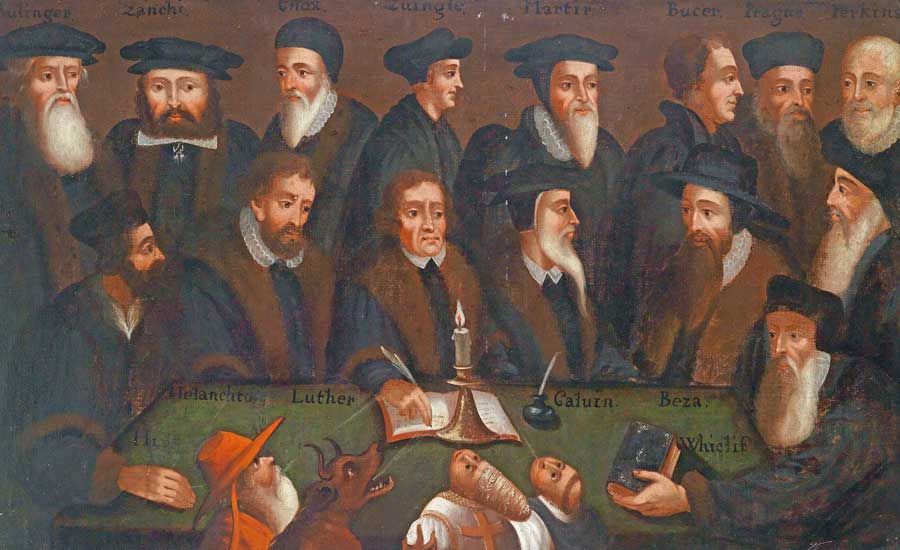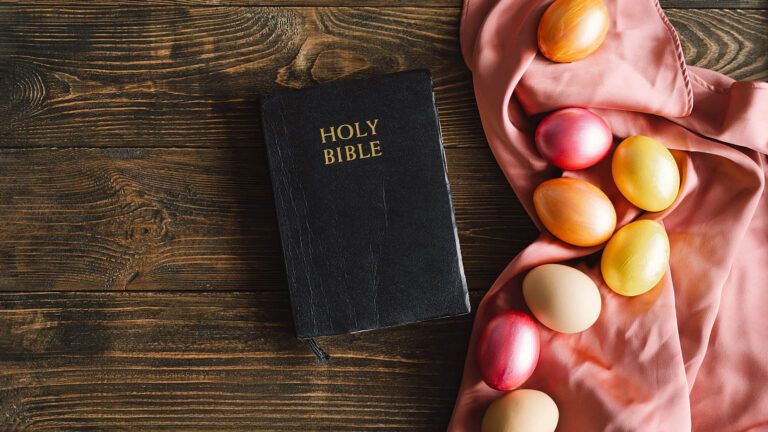Many people have heard about Henry VIII and his wives or Martin Luther nailing long lists on church doors. Others may have learned about a famous printer who printed Bibles or studied the battles that pitted Catholics versus Protestants in one of longest conflicts in European history.
These are just some of the facts about The Reformation, the religious movement that caused the schism in Western Christianity and created, to an extent, the Catholic and Protestant traditions of Christianity. Of course, there is more to the story. How much do you really know about the Reformation? Discover five things you need to know—a couple of them may surprise you.
1. There is no such thing as “The Reformation”
This is not as contradictory as it may seem. Many may think of “The Reformation” as a singular moment in history when really, it is a movement that involved many key players, several different regions and a spanned a few decades. The Reformation started in Europe but spread throughout the region and into Latin America, North America, Africa and Asia. And its key players were not just Martin Luther but Luther, John Calvin, Henry VIII, and others. Lastly Martin Luther’s 95 Theses, which was posted on October 31, 1517, was the beginning of a nearly 40 year process of reformation for the Christian church.
2. The printing press effect
In the 1450s, Johannes Gutenberg invented the printing press, making him the first European to use movable type printing. As the story goes, he was interested in turning a profit and discovered that printing the Bible—his Gutenberg Bible was one of the first big books in the West to use movable type—was a good way to do it. But, he also discovered that printing indulgences—the remission of the punishment due to sin—was also financially lucrative. How did this pertain to the Reformation?
The printing press allowed reformers such as Martin Luther to distribute his 95 Theses and aided in the spread of German Bibles. But, it was also a reminder of the issue of indulgences, which Luther was against. His anti-indulgence stance was the catalyst for the 95 Theses, which is also known as the “Disputation on the Power and Efficacy of Indulgences.”
3. The nail in the door
The verdict is still out on whether he literally nailed his 95 Theses to the door at Wittenberg on October 31, 1517. The 95 Theses, which outlined Luther’s dispute against clerical abuses is considered the initial catalyst for the Protestant Reformation. Popular accounts of history describe Luther aggressively nailing the theses to the door, which, of course, seems quite powerful. Yet it is arguable whether he actually did that since accounts are varied and some are from people, such as Phillip Melancthon, who wasn’t eyewitnesses to the event.
4. Women in the Reformation
It is often said that, “History is written by the victors,” and in the case of such writers on the Reformation, they usually leave women out of the story. Yet, women played a number of roles instrumental to the Reformation. They were nuns, wives of key players, royalty, scholars and much more. One such woman was Marie Dentiere who was part of an Augustinian monastery but soon left to join the reformers. Dentiere was a strong proponent of the reform in Geneva, often speaking out in public places and writing a pamphlet to the Genevans about God’s intentions for the city. Because of her work Geneva became a Protestant republic.
5. Wars and rumors of wars
One of the most significant battles waged as a result of the Reformation was the Thirty Years War, which is considered the longest and most destructive war in European history. The war started because of fragmenting of the Holy Roman Empire inherent in the new Protestant and Catholic structure, but it turned into a political feud concentrating on the France–Habsburg rivalry for European political pre-eminence.






